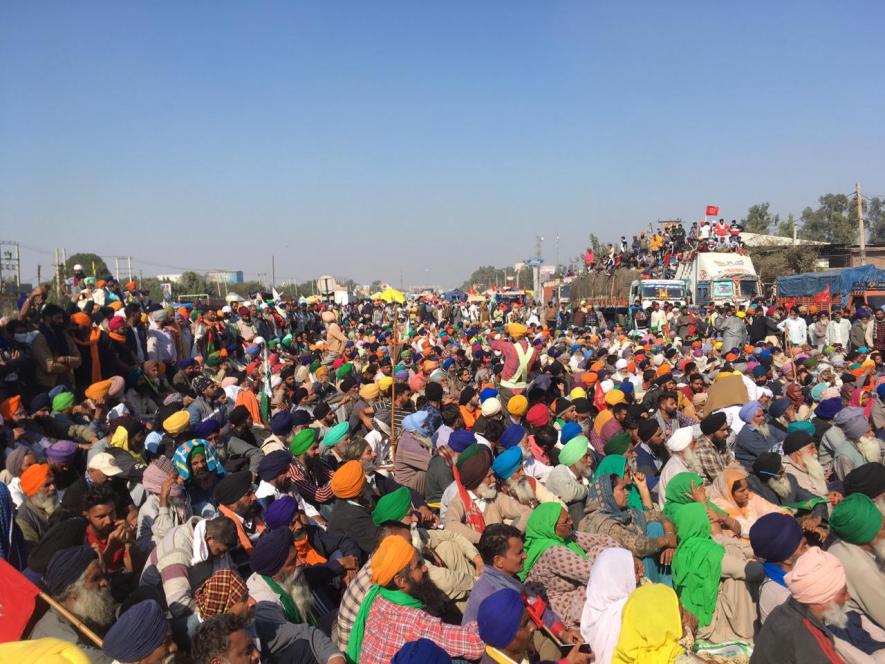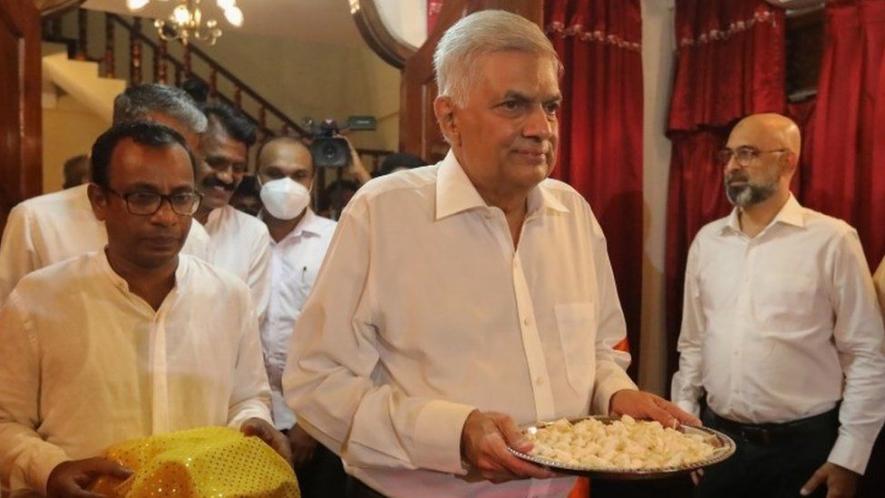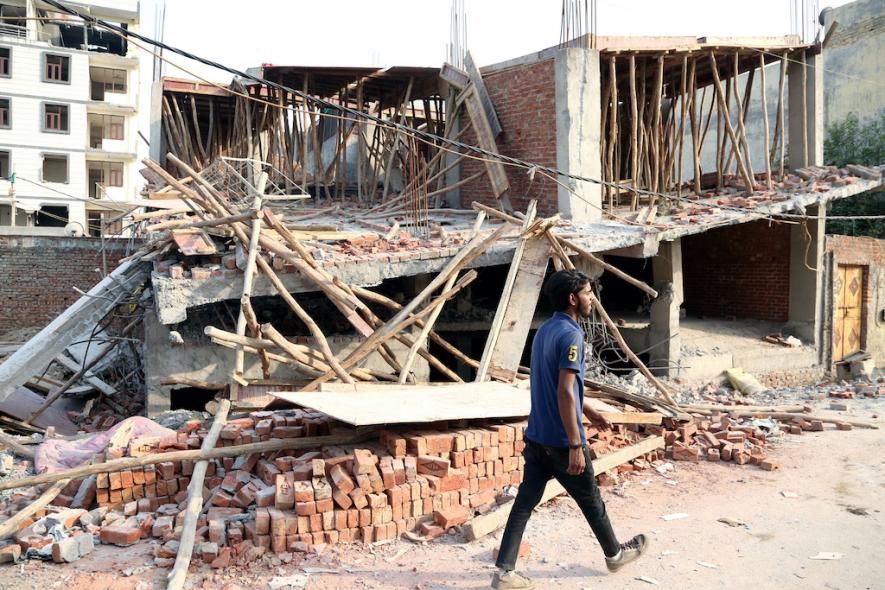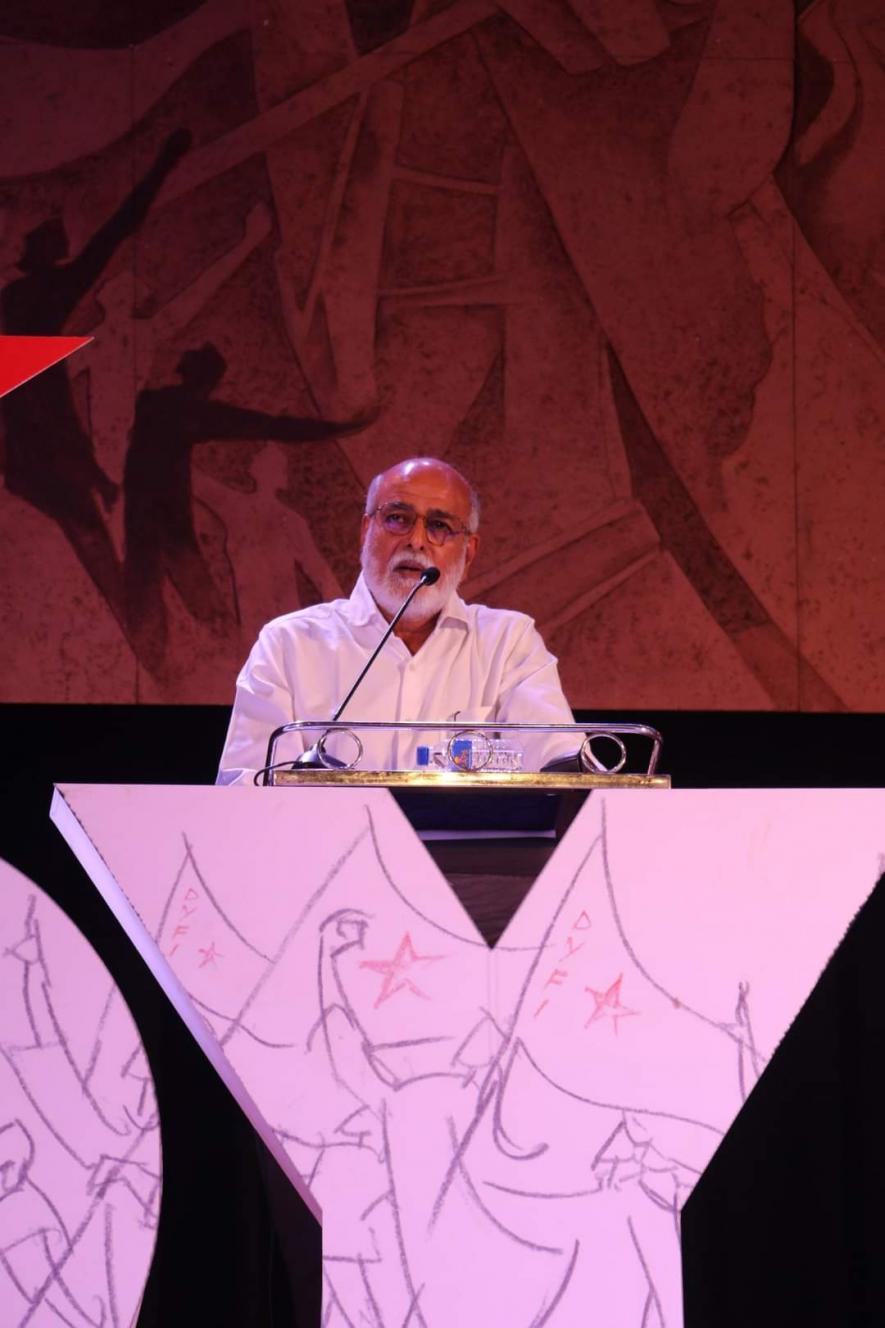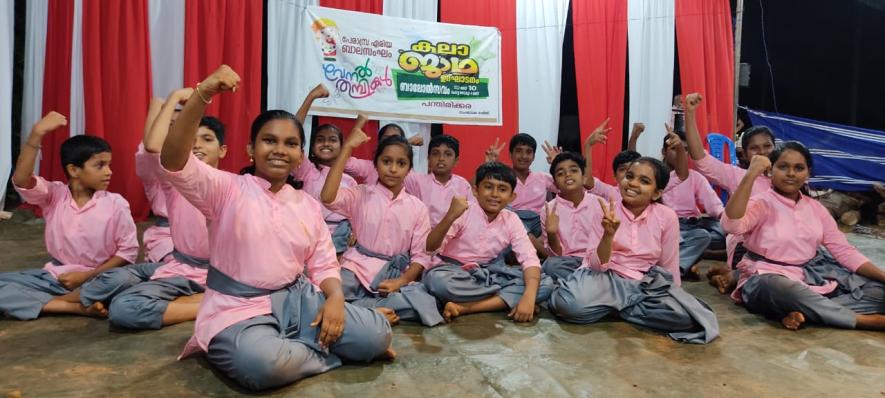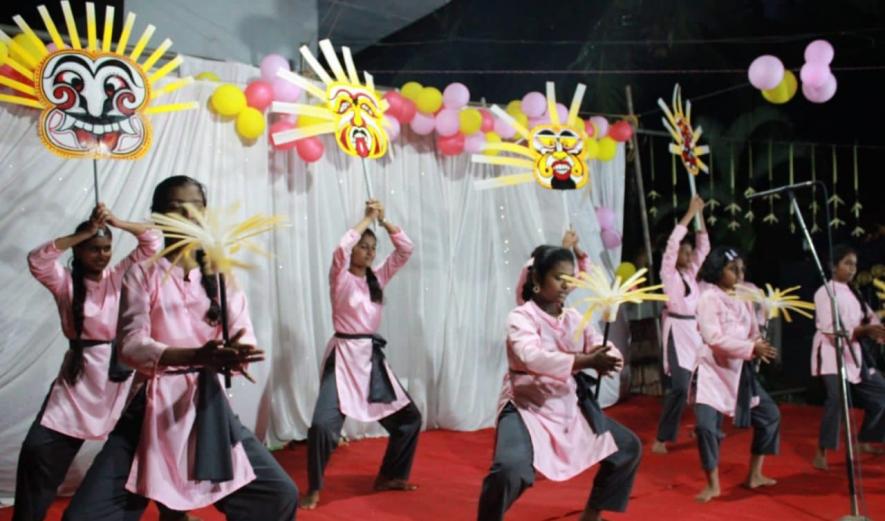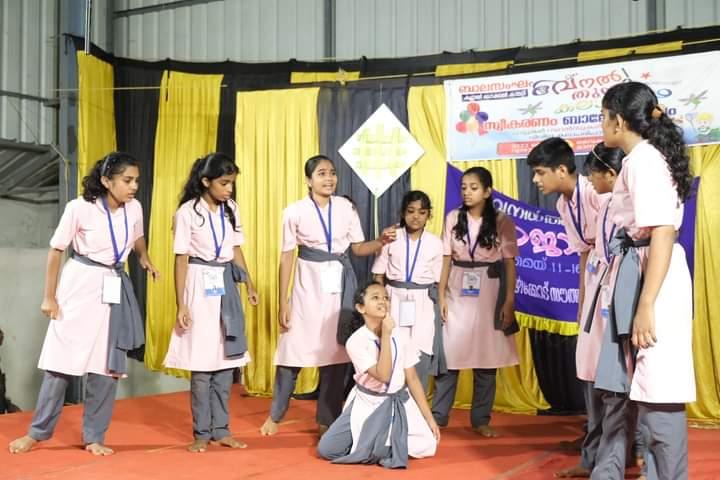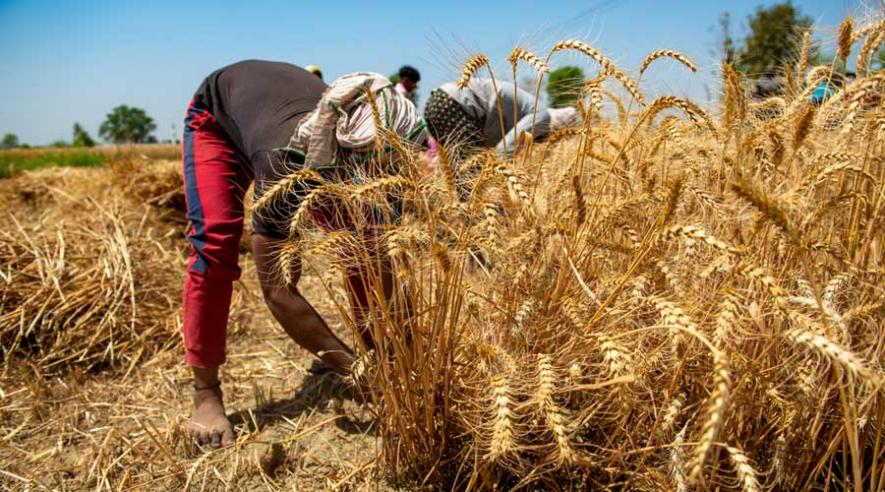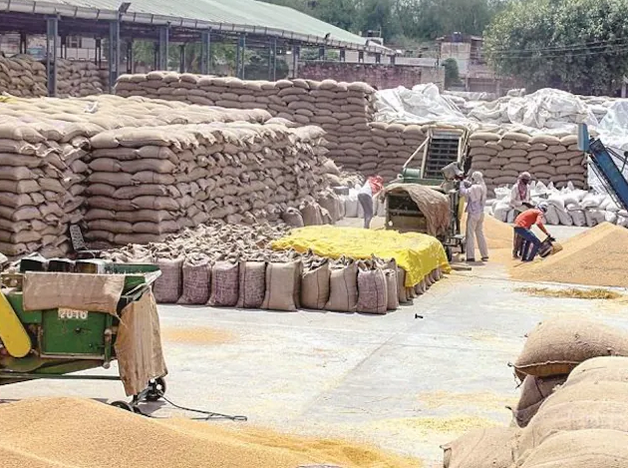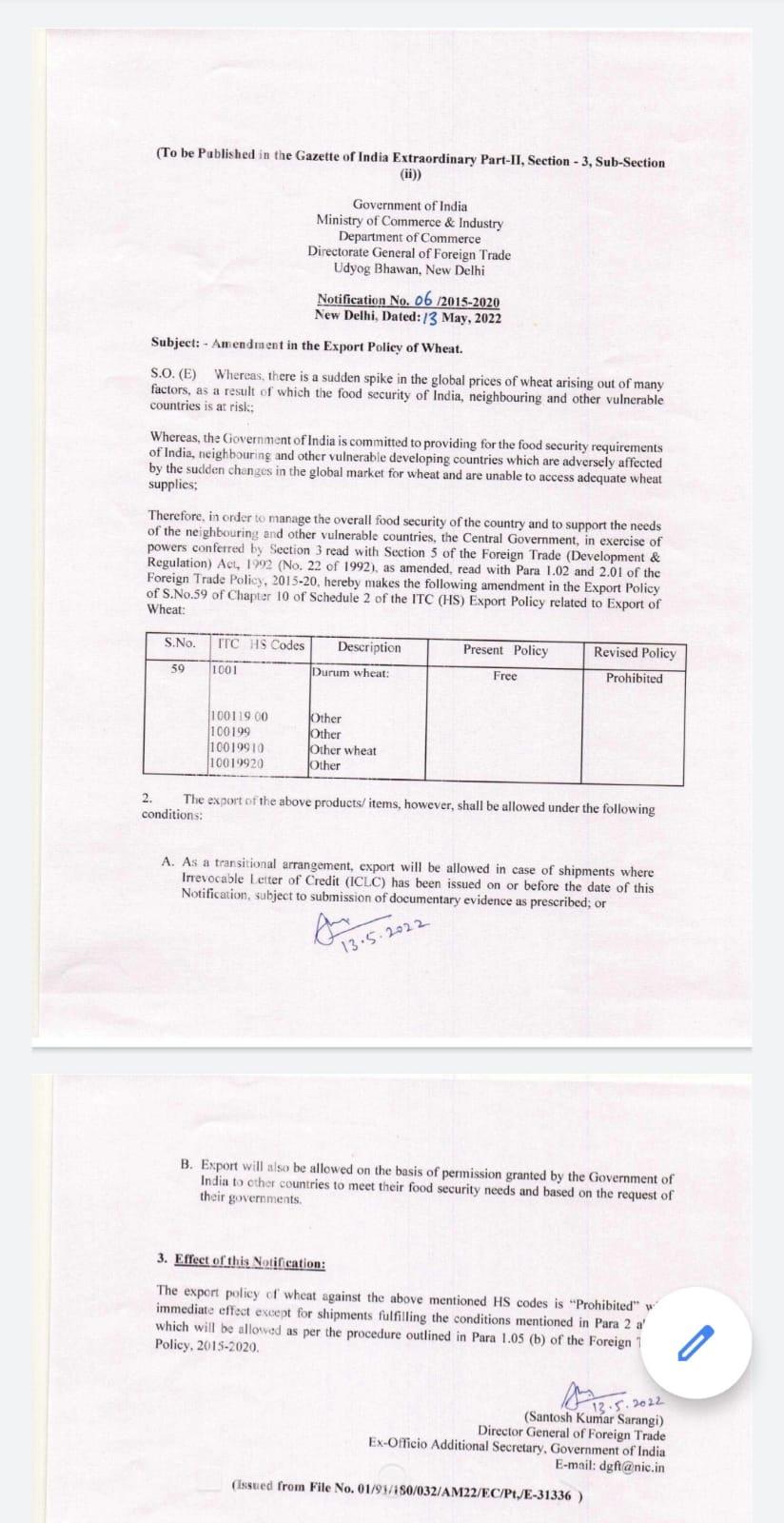We are poor and far from powerful centres of economic and political decision-making. But, we live in the centre of the most important battles—fought from our smallest trenches, communities, neighbourhoods, cities, jungles and forests.
Rogelio Mayta
14 May 2022
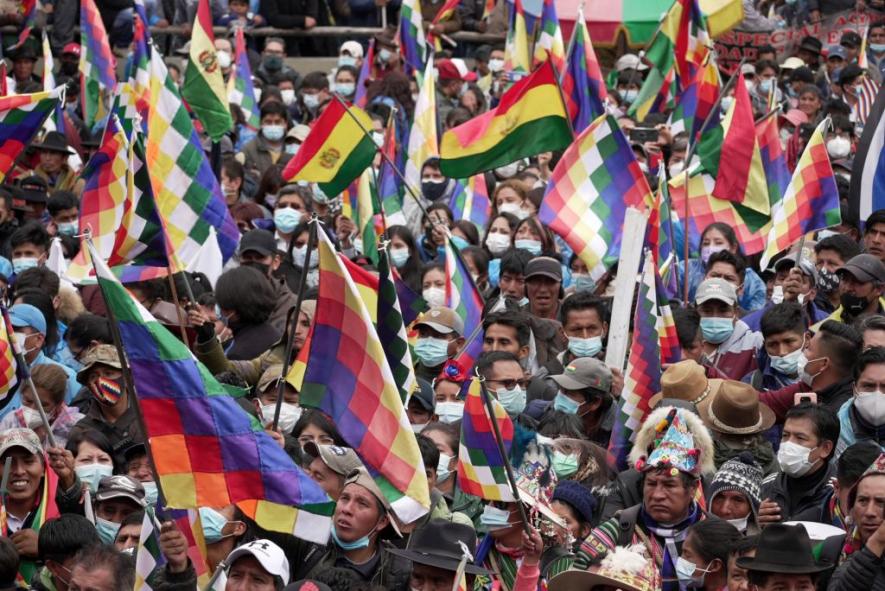
Image Courtesy: AFP via Getty Images
Humanity finds itself at a crucial moment. It’s not only war and climate change that threaten life on our planet. Ideologies and some people do too.
We know that money and the production of wealth and well-being have created an ever greater and more profound gap between people, neighbourhoods, cities and countries—a gap that has been exacerbated by the pandemic.
So, I’d like us (my fellow Bolivians and Indigenous peoples) to stop thinking of ourselves as the poor periphery of a process of globalisation that has been unequal, colonial and racist.
In Bolivia, since the beginning of this century, we have battled some of the most important and decisive questions for the future of the human race: water, our sacred coca leaf, the goods we have which we can share thanks to the generosity of the Pachamama and, of course, the right to make decisions collectively about our lives.
Each battle, each sacrifice made, from places like El Alto and Cochabamba, has repeatedly confronted us with the owners of power and money.
At the core of each one of our struggles is our overriding need to stay alive, to finally construct a world fit for all of us to live with dignity.
Not tomorrow, today. Bolivia is the centre of the world, as is North Dakota or Chiapas, or the poor neighbourhoods of Caracas.
Yes, we are poor and far from the powerful centres of economic and political decision-making. But at the same time, we live in the centre of the most important battles—battles fought from our smallest trenches, communities, neighbourhoods, cities, jungles and forests.
What I’m describing to you isn’t merely a simple change in discourse. We want to think about ourselves differently, because if we do that at the core of the true struggle for survival, we can look at the world and at our sisters and our brothers with new eyes. If we are condemned to be at the margins, we will not get far.
It is by constructing in this way, from the hundreds and thousands of centres in which life is defined, that we fight for what is most essential: water, food, shelter, education and dignity—perhaps from this we can construct a new horizon. Weaving together our needs, our achievements, and even our errors, it’s possible to dismantle centuries of colonialism, the brutal pillaging of our territories, and the forced subjugation of our people.
In Bolivia, we have had to draw on our millennia-old Aymara and Quechua traditions and knowledge, for example, peoples who define much of what this country is. But it’s not only Indigenous peoples who have fought against imperialism, nor is it the obligation of one people to be the vanguard or the moral reserve for the human race.
We are what we are. We know, among ourselves, what our grandparents passed down to us. For that reason, from our lived experience, I invite you to begin this journey, firstly by re-establishing what is important so that we can begin to view ourselves like the people in the streets of Cochabamba were viewed after the Water Wars, knowing that it is possible and that there is another life waiting beyond the barricades, beyond the strikes and the roadblocks, and that is our common heritage.
This also happened to us in October 2003, when El Alto (near the capital city of La Paz) was converted, for a few moments, into the centre of the world. With sticks and with stones, with their will, the Aymara rejected the selling off of our riches—a death prescribed by a corrupt and foolish president.
There, in this burning epicentre, everything that matters was at stake. The centres of power and global decision-making were our periphery. Without a doubt, I do not think we are the periphery. This mini-census is not intended to be paralysing. Quite the opposite.
As a Bolivian, as an Aymara, as someone who has lived within one of the most decisive battles to change everything, I know that we can’t ignore the daily catastrophe we saw in Sri Lanka, in the boats filled with refugees in the Mediterranean, in that wall that separates North America from the rest of the Americas, in the Aboriginal territories of Australia, or in the famine experienced by the girls and boys in La Guajira in Colombia.
To be able to view the immensity of our horizon, to be able to daydream when we look upon the Andean Altiplano and its peaks, perhaps we should give ourselves a different perspective, a new centre.
In Bolivia, like in so many other places, what’s at stake is not a set of goods or a piece of land, not even a government. We have fought to defend life itself, to nourish it, and to watch it grow with dignity. We do not know of anything more important to do in these difficult times.
We are the centre of the world.
Adapted from Rogelio Mayta’s speech to the Progressive International’s Summit at the End of the World on May 12, 2022.
Rogelio Mayta is the foreign minister for the Plurinational State of Bolivia.
Source: This article was produced by Globetrotter.
